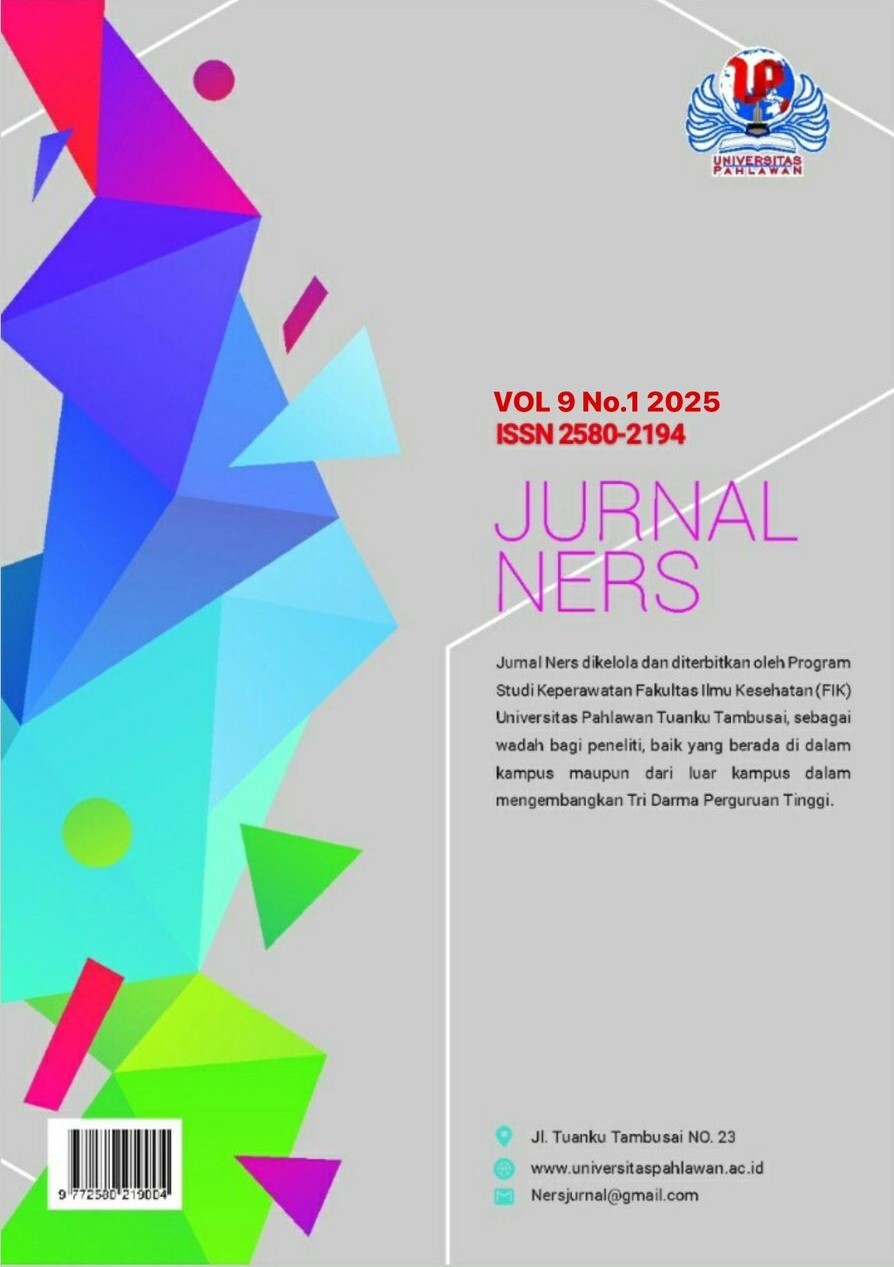Determinan Kepadatan Vektor Musca Domestica (Lalat Rumah) Kota Batam
DOI:
https://doi.org/10.31004/jn.v9i1.29658Abstract
Lalat adalah hewan pembawa penyakit yang dapat membahayakan bagi manuisa. Penelitian ini bertujuan untuk mengetahui faktor yang berhubungan dengan kepadatan vektor Musca Domestica (lalat rumah) di Kota Batam tahun 2023. Jenis penelitian yang digunakan adalah kuantitatif dengan desain penelitian cross sectional. Sampel dalam penelitian ini adalah semua ibu dan bapak yang berdomisili di RW 011 Kelurahan Baloi Permai Kota Batam yang berjumlah 38 sampel. Teknik sampling yang digunakan yaitu purposive sampling. Analisa data yang digunakan analisis bivariat dengan uji chi-square. Hasil analisis menunjukkan bahwa adanya hubungan antara kondisi kelembaban dengan kepadatan lalat Musca Domestica (p value = 0,024), kondisi tempat sampah rumah tangga dengan kepadatan lalat Musca Domestica (p value = 0,011), kondisi Saluran Pembuangan Air Limbah (SPAL) (p value = 0,005). Akan tetapi temperatur tidak ada hubungan dengan kepadatan lalat Musca Domestica (p value = 1,000). Temperatur, kelembaban, kondisi tempat sampah rumah tangga dan kondisi saluran pembuangan air limbah merupakan determinan kepadatan lalat rumah.Downloads
Published
2024-11-03
How to Cite
Herdianti, H., Sembiring, F. Y. ., Martha, E. ., & Sukri, A. . (2024). Determinan Kepadatan Vektor Musca Domestica (Lalat Rumah) Kota Batam . Jurnal Ners, 9(1), 722–729. https://doi.org/10.31004/jn.v9i1.29658
Issue
Section
Articles
License
Copyright (c) 2024 Jurnal Ners

This work is licensed under a Creative Commons Attribution-ShareAlike 4.0 International License.
Authors who publish with this journal agree to the following terms: Authors retain copyright and grant the journal right of first publication with the work simultaneously licensed under a Creative Commons Attribution-ShareAlike 4.0 International License that allows others to share the work with an acknowledgement of the works authorship and initial publication in this journal. Authors are able to enter into separate, additional contractual arrangements for the non-exclusive distribution of the journals published version of the work (e.g., post it to an institutional repository or publish it in a book), with an acknowledgement of its initial publication in this journal. Authors are permitted and encouraged to post their work online (e.g., in institutional repositories or on their website) prior to and during the submission process, as it can lead to productive exchanges, as well as earlier and greater citation of published work (See The Effect of Open Access).







